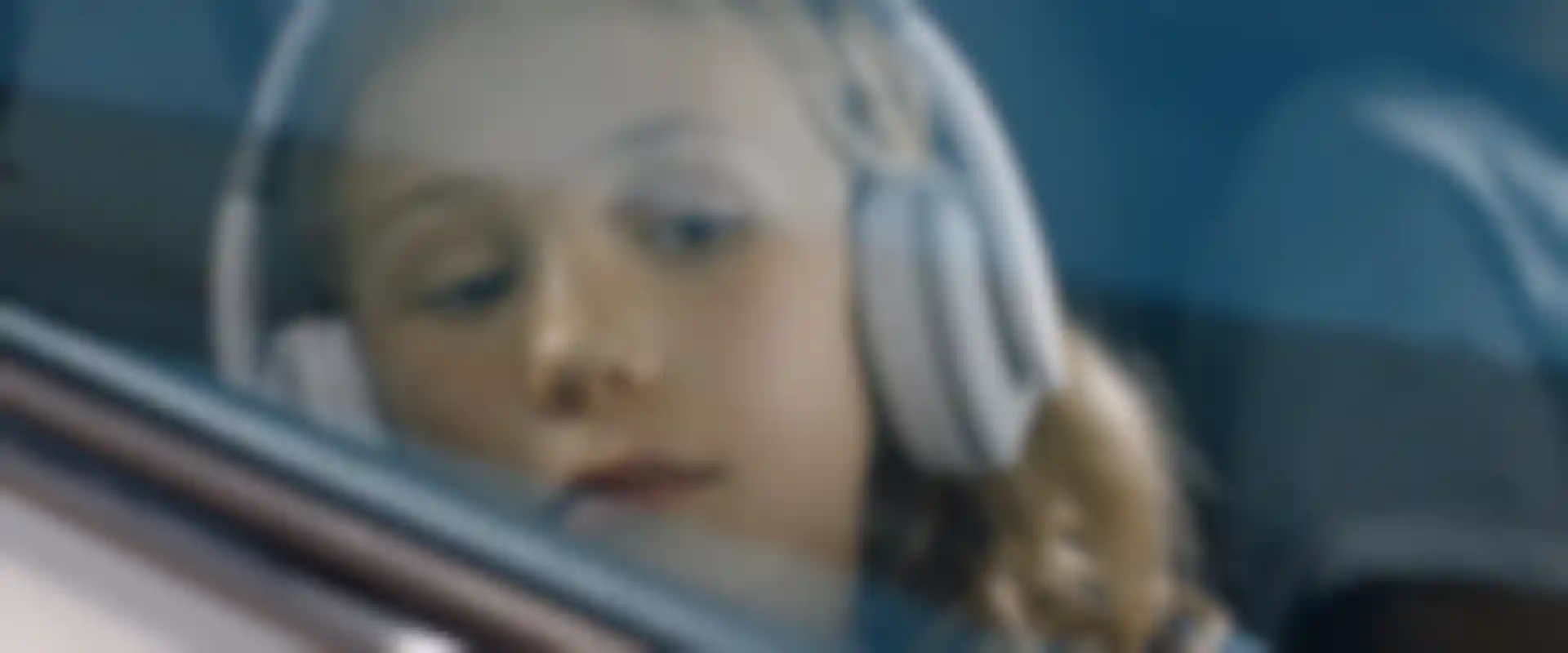
A Family Visits one of the Last Trees on Earth in ‘Monument’ How Maxon One was used to make a poignant short film about our changing climate.
A collaboration between seasoned filmmakers Josh Johnson and Tim Maupin, "Monument" is a short film with a poignant climate narrative that blends live action and visual effects.
To achieve the realism so critical to the story, Cinema 4D, Redshift, After Effects, SpeedTree, and many other apps were used in the post-production workflow. Finished in 2021, “Monument” has made the rounds and festivals and won the Essy Award for Best Showcase Film and Best Drama at the St. Louis Filmmaker's Showcase in 2021. The film premiered on Film Shortage’s website on July 29, 2024.
Johnson and Maupin have worked together on the occasional project since 2008. The inspiration for "Monument" came from their desire to work together on a personal project focusing on VFX and climate change. They landed on a story about a family road trip to see one of the last remaining protected trees.
"It was a mix of Josh’s idea of a world without trees and Producer Anthony Nicolau’s idea of a family on a road trip to an unknown destination that turns out to be one of the last trees,” Maupin recalls, adding that he helped seam the whole concept together, which “hits the ‘Goldilocks’ zone of not being too challenging, but still very impactful, both from a visual standpoint and an environmental awareness standpoint."

Work on the concept and the Kickstarter campaign began in 2016, shooting took place in the summer of 2017, and post-production started later that year. Both directors were working on other projects while juggling the extensive VFX and post work on the film with finishing touches in 2021.
Both filmmakers brought a wealth of VFX, writing, directing, cinematography, and editing experience to the project. Johnson has twenty-seven feature films behind him, including “Hocus Pocus 2,” “A Ghost Story” , and “Native Son,” and now develops his own ideas.
Maupin has a similarly substantial body of commercial work behind him, and has written and directed multiple award-winning short films, including the pilot for a co-developed sci-fi series called “HIVE”, and “The Last Generation to Die” now being developed into his first feature film.
Commenting on the collaboration, Maupin says they both handled a huge mix of everything on the project. Their roles became a bit more split in post, with Johnson primarily responsible for the VFX and Maupin dealing with editing, but all decisions were still made together.
Realizing Key Elements With Maxon One
Cinema 4D was integral to Johnson’s VFX workflow from the outset. “It allowed us to execute and play around with ideas, and with the Redshift integration we could test out lighting setups super fast and get photorealistic results quickly,” he explains. Cinema 4D’s 3D capabilities were used to transform the woodland location into barren terrain using landscape objects and materials with displacement.
Another set of key elements that were realized with the help of Cinema 4D and Redshift were the hero tree and the clear dome protecting it. Both being integral to the story, they had to feel believable once composited into the live-action plates. Johnson used SpeedTree to create the leafy green tree model, then shaded, rendered, and lit it with Cinema 4D and Redshift. To make the dome feel real, he started with a Greyscalegorilla glass Redshift material and refined the roughness and dirtiness of the glass depending on the shot.
The close-up of the girl touching the glass is a blend of practical effects and VFX. “We couldn't build the full dome but knew that if we started with a sheet of plexiglass she could touch, the shot would sell much better,” notes Johnson. “Then we added our CG tree behind the plexiglass and Redshift allowed us to dial in our desired reflection, roughness, and transmission settings to match what we shot.”
Building on that, Johnson says Cinema 4D and Redshift made it easy to integrate the 3D camera tracking data and HDRI environment that was shot on set to get correct lighting and reflections. “This really shines during the last wide shot in the film, and if you look closely, you will see the actors’ reflection on the CG dome, too. We achieved this by projecting the footage onto geometry, and that was reflected onto our CG dome in Cinema 4D.”
The impact of these shots is visceral. “When the little girl touches the glass in the close-up and in the wide shot, you feel it emotionally,” says Johnson. Festival audiences agree, with some people sharing that they feel a little pull at the end when they see the characters looking longingly at the tree. “Something in there gets to them, and it is a satisfying feeling to know we achieved that goal.”
As they aimed to inspire climate change awareness, the pandemic’s use of masks and the increasing frequency of extreme climate events add unforeseen impact to the story. “We hope the image of a tree in the glass dome lingers long after the credits and that audiences will be prompted to support the fight against climate change,” says Maupin.
While “Monument” gathers momentum, Johnson and Maupin continue to pursue their own stories and projects, made more achievable with new tools and technology. “The democratization of filmmaking excites me,” enthuses Johnson. “Cameras, powerful computers, and 3D, VFX, and color correction tools are now available at affordable prices or even for free. I think this allows us filmmakers to focus more on writing, knowing that amazing visuals are possible on the lowest budgets.”
Helena Swahn is a writer based in London, UK.









